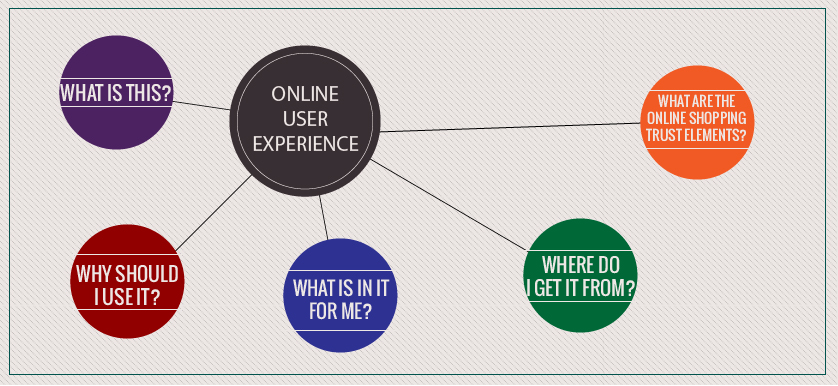 SEO Utah
SEO Utah
Understanding the Basics of SEO – Park City SEO
SEO is simply described as understanding the way search engines think and work. The purpose of SEO or search engine optimization isn’t to undermine or cheat search engines, but to communicate to them your intentions so they can recommend your website for relevant searches. Local SEO Park City companies make it their first priority to understand the ways of Google, Bing, and other popular search engines. Here are some things to consider when optimizing your site and other social properties.
The first thing you need to ask yourself is what are search engines looking for and what aren’t they? Search engines work by referring Internet users to websites and content that is the most relevant to what they are searching for. How then, does a search engine determine what is relevant? Search engines look at content, performance of a site, a site’s authority, as well as the user’s experience navigating a site. All of these things play into how well your site will appear in a search and are what search engines look for.
-
What is content?
Content is simply the text on a page, it also includes descriptions, titles, and other media.
-
What is performance?
Performance relating to search SEO, is how fast and well your site works. Does it perform accurately and efficiently?
-
What is Authority?
Search engines look at the content of your page and authority refers to how other authoritative sites refer and link back to your site and vice versa. Does your site provide good enough content to link to other authoritative sites as well?
This can be easily explained if you think about your own experience when you visit a site. What are some of your first impressions when seeing a site? Some things you might think about are how the site looks. As you start browsing the site, you might question the ease at which you can find things. Does the site look safe? These are the same things search engines look for in a user’s experience and they ask the same questions.
Ok… now what are some things search engines skip over or things they overlook? Key word stuffing should be avoided and buying links that lead nowhere isn’t recommended. When you overuse keywords on your pages it actually harms you rather than help and is referred to as, ‘Keyword Stuffing’. You also want your users to have a good experience on your page. Having too many ads and placing content in awkward places will increase your bounce rate, which is not good. Knowing and tracing your bounce rate will help you determine how to keep it at reasonable rate.
SEO also extends onto any social sites you have, for example…Facebook, Twitter, Linkedin, Youtube etc. Keyword strategy is important to implement on social media sites and email as well. This is often called multi-channel optimization and will help your company’s brand. It’s also important to be consistent with your keywords and phrases within all platforms, don’t alternate or use different variations that will confuse search engines.
SEO goes far beyond what we’ve discussed, but following these few rules will help you site rank higher and increase search engine’s relevant results. Check your local listings for search engine optimization Park City Utah and you will be able to find local specialists who know how to better optimize your online marketing needs.


